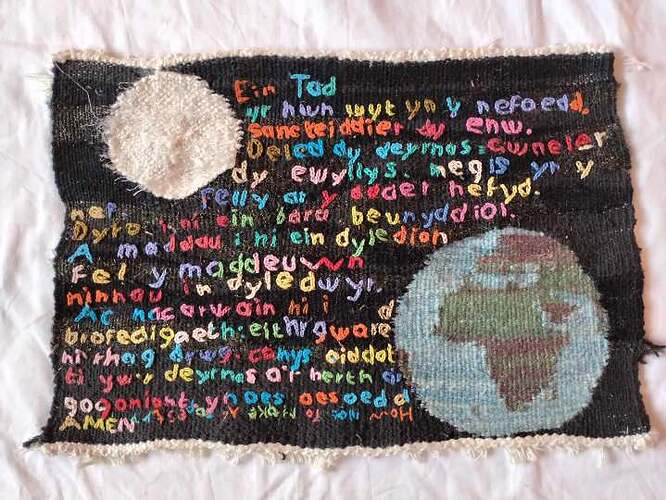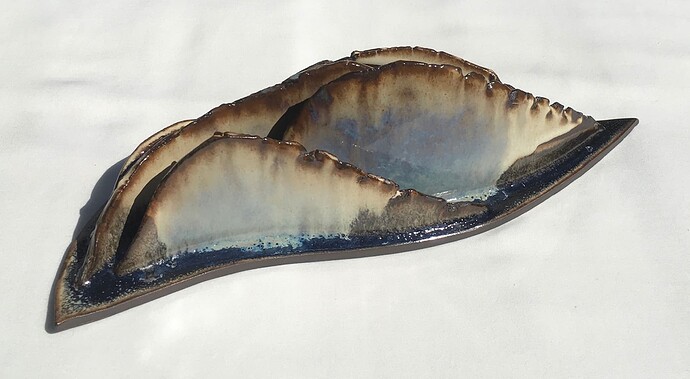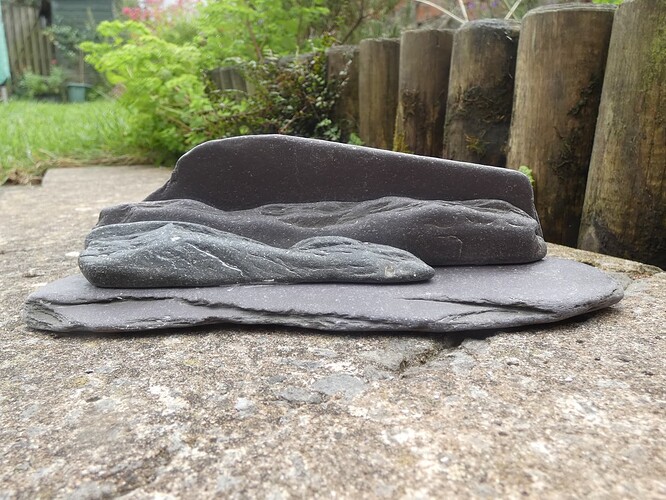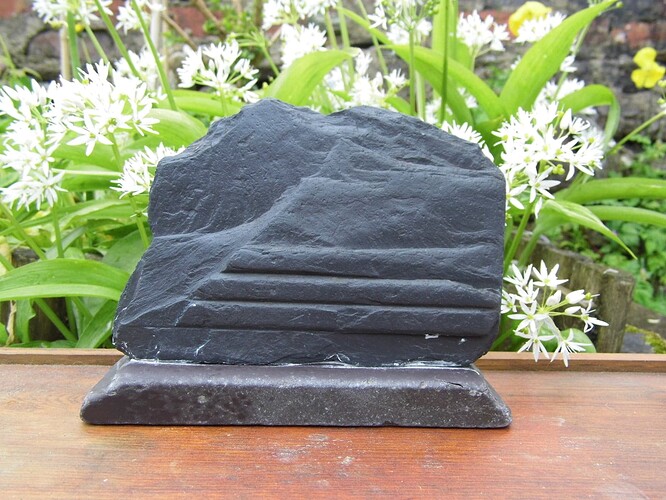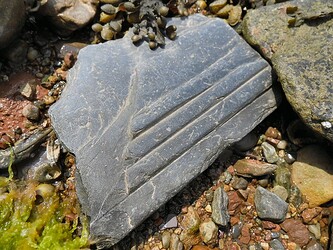I’ve done more, but not really a sampler. This one was for a spinning group competition. It was back in 2019, the 50th anniversary of the first men on the moon. The theme was space. Earth, moon and space are tapestry, and I spun all the weft yarn. Gweddi’r Arglwydd is embroidered. I needed to know the words off by heart after 20 years in Wales. At the bottom, upside down, is a short sentence yn Saesneg.
I gave the original artist the image printed on a T towel, but not embroidered version. I could see it going down really well at an Eisteddfod. Fade out the towns nearby and put in your village, hamlet, town, whatever. Everyone looked to see if their place was on it, and almost always it wasn’t. ![]()
Wow, what’s more you have preserved some interesting quotes here Siaron!
Yes, there are some fairly cryptic ones in there - as well as some typically teenage ones! ![]()
![]()
You actually knitted or wove the globe then embroidered all those words in tiny chain stitch maybe? It’s a keeper!
You seem to have mastered the art with Nomad Sculpt Jason. Both this and your video are terrific. Yes, I can imagine they took many hours, but were worth the time.
I have played around with Procreate on my iPad, using an Apple pencil, but it only does 2D. You work on another plane—both literally and figuratively. Well done.
These are two pottery landscapes I made by simply rolling some clay flat, cut off the rough edges that became the mountain peaks, and stood them on a base piece cut from the best middle part of the rolled blob. The glazes did the rest.
Your harp playing is also very beautful—so full of feeling. You have a marvellous touch. You have really captured the Draig with mouth wide open belting out ‘Gwlad, Gwad’. I can almost hear the words in my mind. Absolutely wonderful—a great way to kick off St. David’s Day here in Vancouver where it is pouring rain, just to add to the nostalgia. Thank you so much Jason.
Oooh! I really love those! I’ve never had the opportunity to try pottery, but I’d love to have a go.
I’ve been trying to decide which of my slate sculptures to post first, but you’ve given me the answer, because we must like the same kind of forms!
I called this one “Gorwelion”
Ffrindiau, if you are reading this and have ever entered anything in any Eisteddfod in any art-form, not just visual, but in writing, recitation, musical or dance performance—please upload it for everyone to enjoy.
This thread was born a week ago from a conversation on this Forum called ‘Everything old is new again…’ That was about the benefit of doing the SSiW Old Courses too. However, many other creative treasures get forgotten (even by their creators) if they are not brought into the open. Besides a chance to share them here, maybe you will find you can appreciate your own work better by sharing it and feel inspired to do more.
What better way to celebrate our Patron Saint and culture than to add to this treasury for others?
Hwyl,
Mari
The earth, moon and space were woven onto the warp threads as I was making the fabric. The words of the Lord’s Prayer were embroidered onto the woven fabric afterwards
Fantastic Siaron! It speaks volumes on so many levels being Welsh slate, with all its historical significance and as a part of the ‘Hen Wlad’. I would love to have this as a meditation piece—to be able to touch a piece of Wales. It is marvellous. Show us more please!
Well I’ve made around 80 of them, so I’ll space them out a bit ![]() , but here’s the first one I ever did. It’s called “Tirwedd” (all of them have single-word names in Welsh so far)
, but here’s the first one I ever did. It’s called “Tirwedd” (all of them have single-word names in Welsh so far)
I really like these, they’re beautiful.
There’s some really talented people here
You are a natural artist Siaron, as is clear from your very first rock sculpture. Amazing!
I am getting a sense of their scale from the blossoms, but how big are they? How do you work the stone? What tools do you use and what do you use to cement the components together?
They are mostly fairly small, although I have done a few bigger ones. Gorwelion is 19cm long, 6cm high and 7cm deep, while Tirwedd is 17cm long, 13cm high and 4cm deep.
I don’t actually work the stone - they are assemblages rather than actually sculpted, I mostly just use things I find. I sometimes incorporate sea-glass, metal, bone… whatever catches my eye when I’m out walking.
In fact, this is the upright part of Tirwedd as I found it on the Menai foreshore on a day I happened to have my camera with me, some time before I decided to turn it into a sculpture.
The tools I use mostly are a nail brush or wire brush to clean them, and clamps until the glue sets. I use different glues depending on the weight and positioning of the pieces, so very strong ‘power grab’ adhesive for the heaviest, a slightly less strong ‘no more nails’-type adhesive for smaller ones, and sugru or milliput for some of the more awkwardly positioned pieces (which I haven’t shown you yet!). Oh, and a clear wax to bring out the colours afterwards.
You obviously have a good eye for what could be used creatively, and how different ‘finds’ would work well together. Thank you for explaining the cleaning, gluing and waxing process which produces such wonderful sculptures and effects.
Here in B.C. where we have a long coastline and islands edged with mountains and forests, folk find driftwood to work with. The bigger pieces, by which I mean huge sections of tree trunk or root balls, are sometimes ‘finished’ or simply arranged on the beaches as public art. There are also Canadian Inuit pieces of stacked stone that look like figures called Inukshuk that mark sacred places, and/or guide travellers, sometimes warning them of dangers when crossing the Arctic.
Beautiful organic shapes and lovely textures. Llongyfarchiadau! ![]()
Very evocative shapes. I also enjoy the suggestiveness of the titles you give your work.
